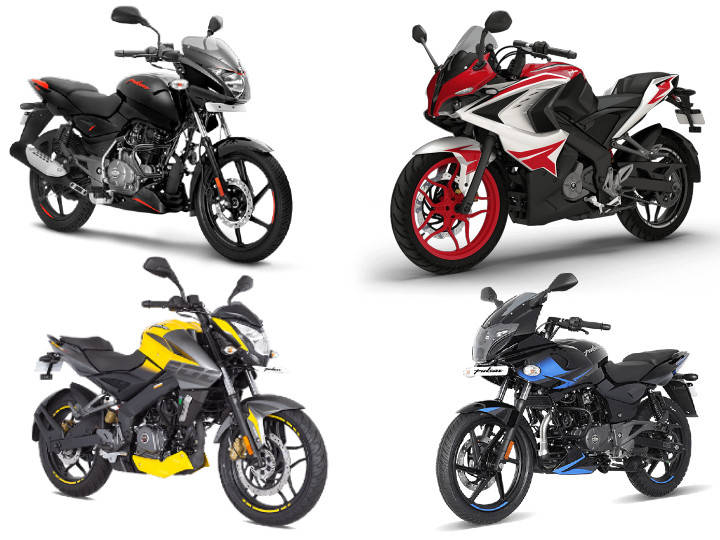
Oh no, not again! The prices of the Bajaj Pulsars have gone up once again. The good bit though is that for most of the models, you do not have to pay more than Rs 200. Only for the Pulsar 220F and the Pulsar RS200 do you have to shell out more. In fact, here’s a detailed table of all the prices:
|
Bajaj Bikes |
Latest Price |
Previous Price |
Price Premium |
|
Pulsar 125 Neon |
Drum: Rs 71,123 Disc: Rs 75,923 Split Seat: Rs 79,219 |
Drum: Rs 70,995 Disc: Rs 75,795 Split Seat: Rs 79,091 |
Drum: Rs 128 Disc: Rs 128 Split Seat: Rs 128 |
|
Pulsar 150 |
Neon: Rs 91,130 Standard: Rs 98,086 Twin Disc: Rs 1,01,984 |
Neon: Rs 91,002 Standard: Rs 97,958 Twin Disc: Rs 1,01,837 |
Neon: Rs 128 Standard: Rs 128 Twin Disc: Rs 128 |
|
Pulsar 180F |
Rs 1,11,520 |
Rs 1,11,328 |
Rs 192 |
|
Pulsar 220F |
Rs 1,21,747 |
Rs 1,20,787 |
Rs 960 |
|
Pulsar NS160 |
Rs 1,07,091 |
Rs 1,06,899 |
Rs 192 |
|
Pulsar NS200 |
Rs 1,29,722 |
Rs 1,29,530 |
Rs 192 |
|
Pulsar RS200 |
Rs 1,50,682 |
Rs 1,49,466 |
Rs 1,216 |
These price increments come just two months after the most recent revision in mid-July. Nevertheless, the new prices shouldn’t pinch your pockets too much, maybe forcing you to lay off a McDonalds meal for a single day at most.
Also Read: The Pulsar NS200’s New Colour Scheme Might Just Be Its Best One Ever
Expect Bajaj to hike the asking prices of its other motorcycles as well in the coming days.
from ZigWheels https://ift.tt/2HGsK0l
Comments
Post a Comment